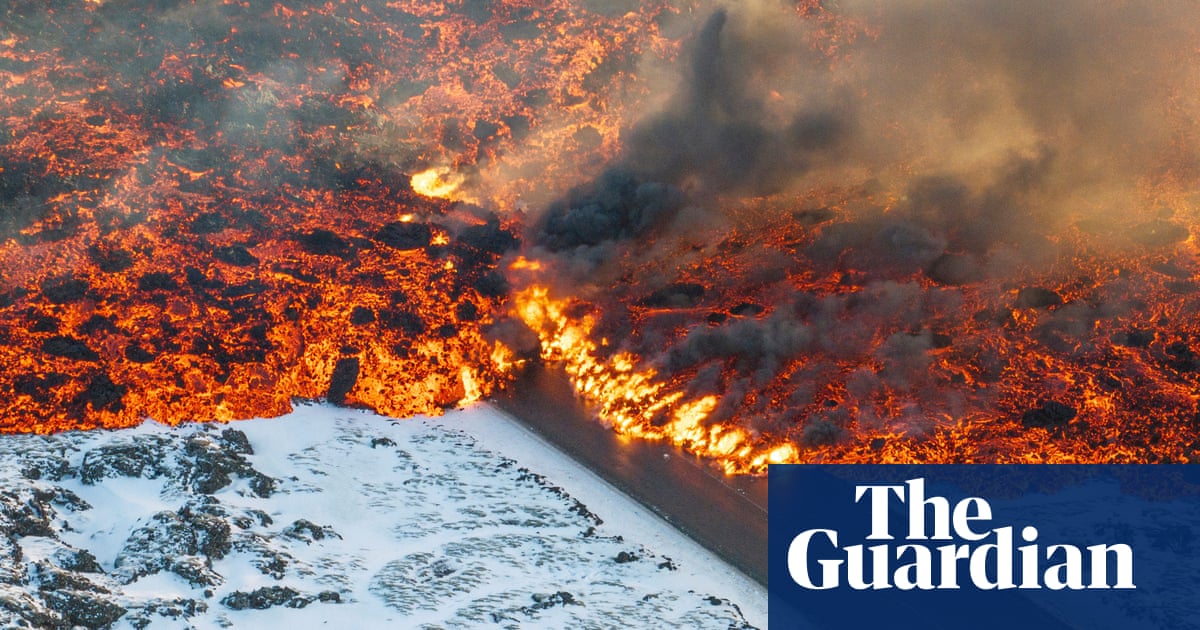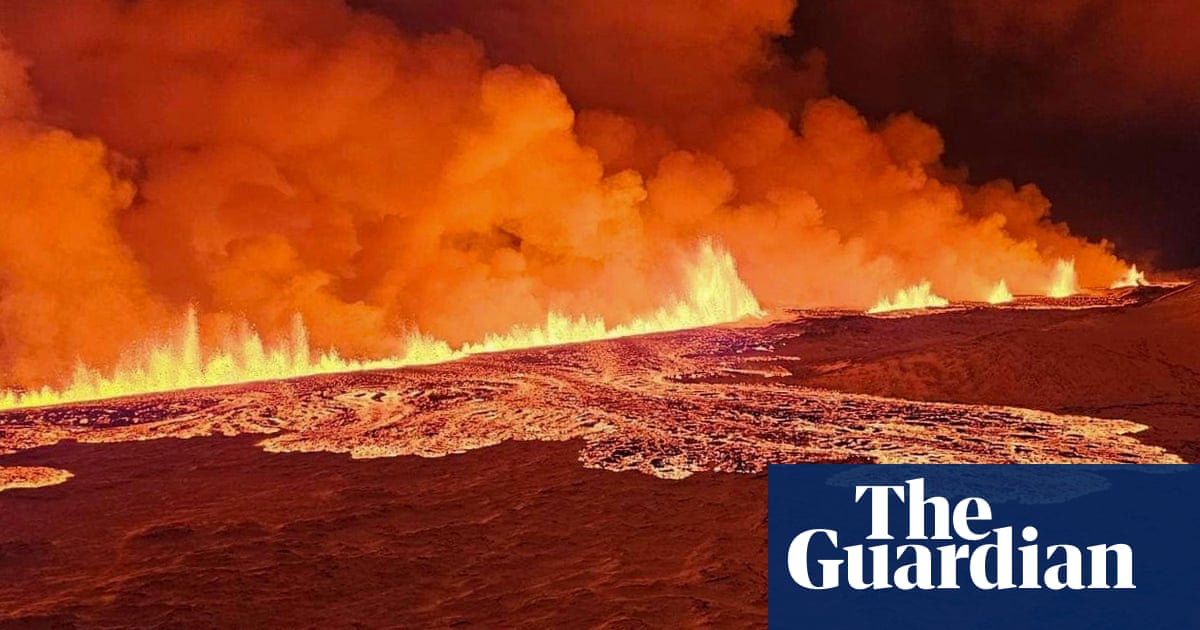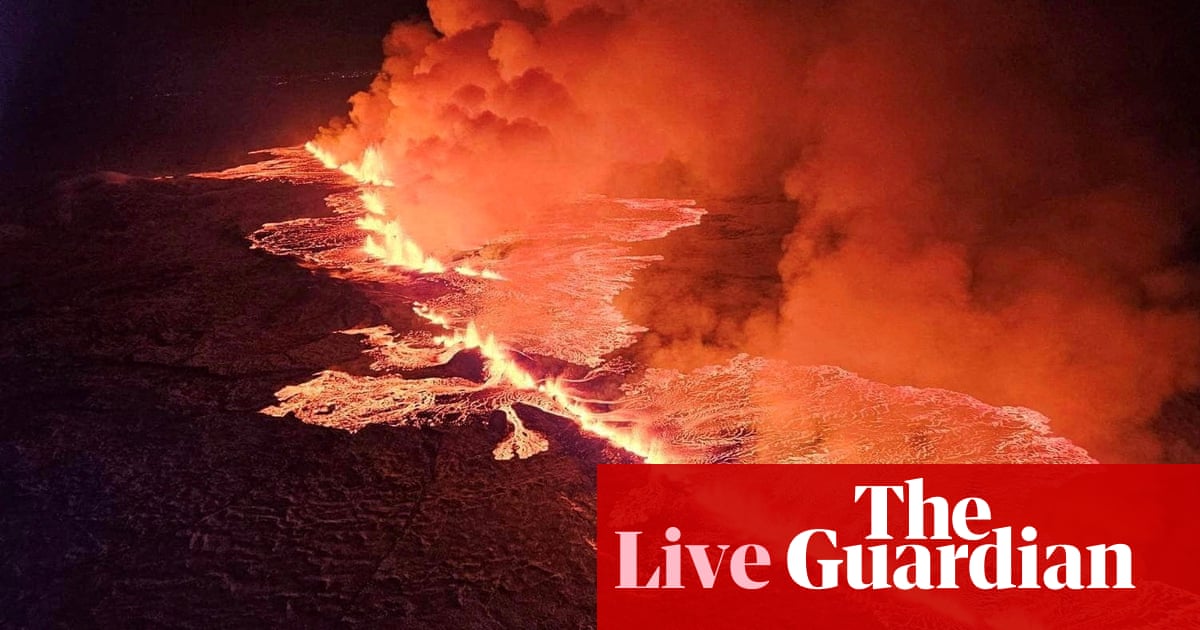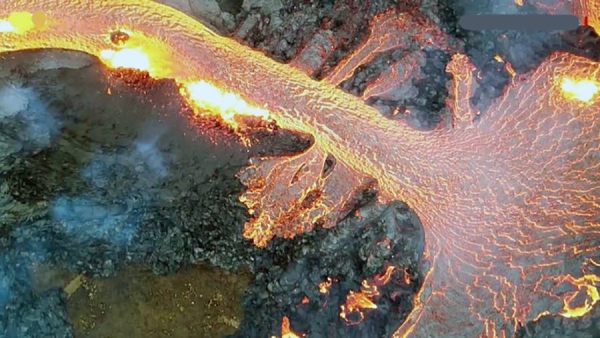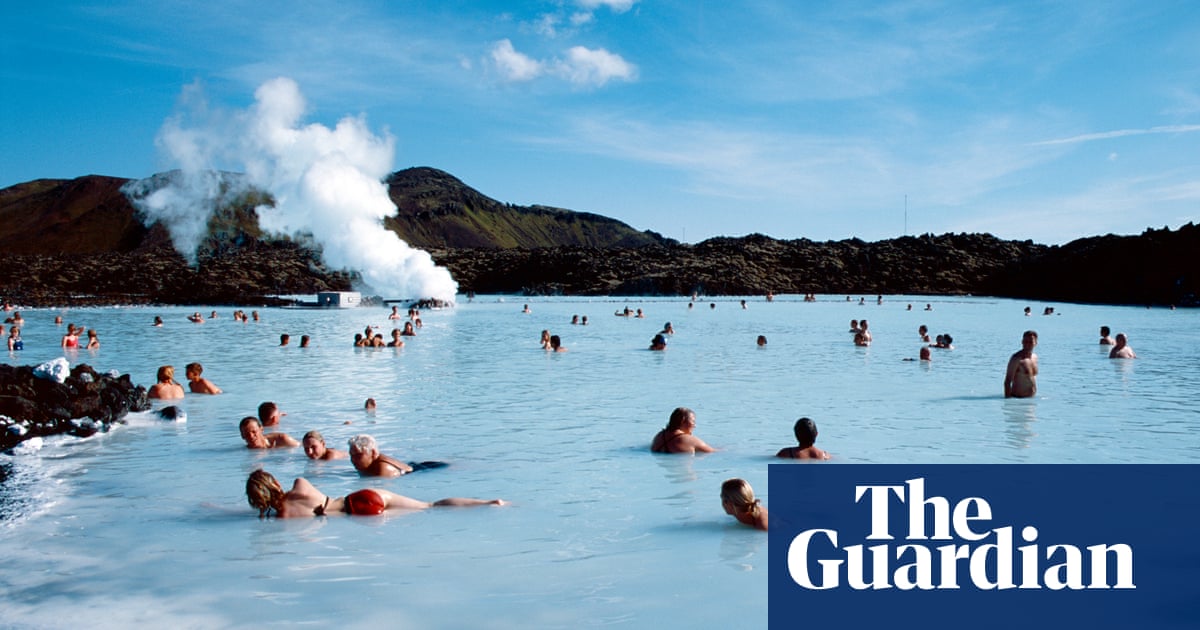
One of Iceland’s most popular tourist attractions has reopened for the first time in more than a month – despite fears of a potential volcanic eruption.
The Blue Lagoon, a geothermal spa south-west of the capital, Reykjavík, closed on 9 November after the Reykjanes peninsula was hit by a “seismic swarm” of more than 1,000 earthquakes in 24 hours that reportedly led to dozens of guests fleeing the resort in taxis.
In the days that followed, all 3,800 people living in the nearby town of Grindavík were evacuated from their homes – leaving many homeless and in limbo.
Although people have been allowed to return to their homes between 7am and 9pm each day, and some businesses have reopened, they still cannot stay overnight or walk around the town. They are waiting for an update this week to find out whether the evacuation rules will be lifted in time for Christmas.
One person who lives in Grindavík was recently reportedly threatened with arrest after breaking the rules to stay at home with his wife for several nights.
The Icelandic Met Office has said though the rate of deformation has decreased in recent days in nearby Svartsengi, more data is needed. In the early hours of Monday morning, it reported about 230 earthquakes near Grindavík.
“It is too early to say if magma accumulation at Svartsengi has stopped and the inflation is over,” the Met Office said at the weekend. “The rate of deformation has decreased somewhat in recent days but more data is needed to interpret the possible development of the activity.”
Blue Lagoon management said the decision to reopen on Sunday – despite persistent seismic activity and a police alert remaining at “danger level” – was made in “close collaboration with the authorities”.
The resort’s hotels and one of its restaurants would, however, remain closed until Thursday when it planned to reassess the situation.
“Experts are meticulously monitoring the situation with real-time analysis. Currently, there are no indications of magma approaching the surface,” the resort said. “We are excited to welcome guests back to one of the wonders of the world.”
Visitors can arrive only by a particular bus service because of construction of defence works after the initial seismic activity.
Helga Árnadóttir, the chief executive of Blue Lagoon’s sales, operations and services, said airlines and tourism industry representatives informed her that some tourists had been cancelling their trips to Iceland because of the lagoon’s closure.
“The sources we receive are based on the time that other operations and residents in Grindavík go to,” she told Iceland Monitor. “According to this plan, we also have time to finish after the day and clean and prepare for opening in the morning.”
Before the opening, employees underwent a large-scale safety drill to practise evacuating the area as fast as possible, she told the publication.
Sólný Pálsdóttir, who lives in Grindavík, is spending Christmas with her family in their summer cottage and does not expect to return permanently to her home – which is on a 50cm slant as a result of the earthquakes – for at least three months.
She added: “Life in Iceland, it’s a lot of questions mostly. The hardest part is not knowing.”
While her family have managed to find temporary accommodation, many from the town are struggling amid housing shortages, and some are angry that they are still not allowed to stay in their homes overnight.
On Monday, Úlfar Lúðvíksson, the police chief in Suðurnes, said the force was waiting for the updated risk assessment from the Norwegian Meteorological Agency, due on Wednesday, to decide whether to lift evacuation orders.




